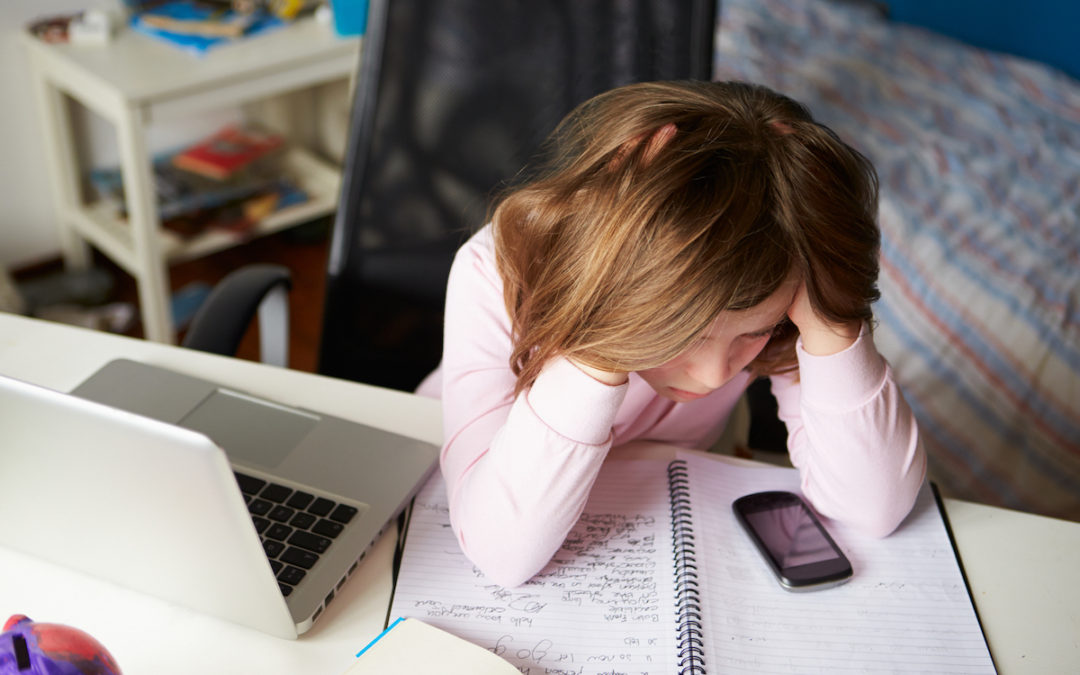The findings of the Longitudinal Study of Australian Children reveal a much more serious problem with screen consumption than has been reported in the media. The study showed that by 2012, on average screen use in young Australian teenagers had grown to 3 hours per day on week-day and 4 hours per day on weekends; a figure which represents 20% and 30% respectively of their waking hours. These figures appear alarming. However, the current situation is worse than it appears.In interpreting their study in 2016, the authors drew attention to several important points:
In interpreting their study in 2016, the authors drew attention to several important points:the
- the study period was 2004 to 2012. The data, released in 2016, described screen use by Australian teenagers as it was at 2012. It was 4 years out of date.
- during the period of study, there were significant developments in the type and the availability of screen technology. The study did not capture newer types of screen-based activities (smart phones, tablets), which would further skew results towards higher screen consumption.
- the data collection relied upon children’s time-use diaries and parental reports, with parents generated higher figures than their children.
- there were considerable differences between these two measures, suggesting that estimates of screen use by child diaries may be conservative.
- the differences were greatest in two categories: electronic gaming, and computer use on weekends. The authors caution that it is even more likely that the study underestimated screen use in these two categories.
Thus, the study’s estimates are probably conservative, and are not generalisation to the present day. The emergence of newer and more available technologies since 2012 is likely to have changed screen usage by children and teenagers. I believe we should assume screen use in Australian children now, in 2017, is significantly higher than the study’s data suggests.
Over the past 10 years, doctors have drawn attention to electronic screen addiction in children, and its health effects. I echo those concerns. In my practice, it is not uncommon to come across teenagers who spend a 37.5 hours per week (ie the equivalent of full time working week) on computer screens.
Predictably, the Longitudinal Study found children who said they were physically fit also said they consumed less screen time than the average. This is hardly surprising. Medical reports describing the strong relationship between physical exercise and spending time outdoors. We now recognise the strong links mental and physical well-being health. And the converse also holds, with high screen use associated with inactivity.
Australian parents are surprised to hear that their children on average spend less time outdoors each day than high security prisoners in our goals.


